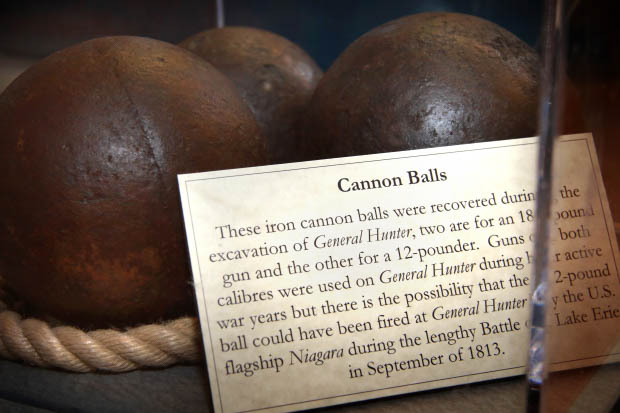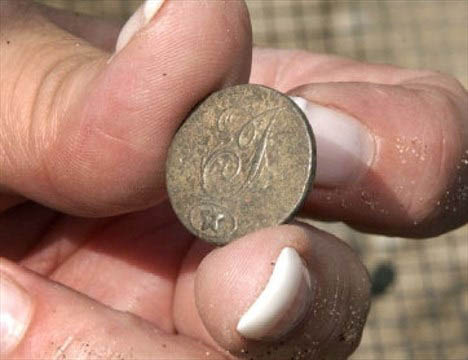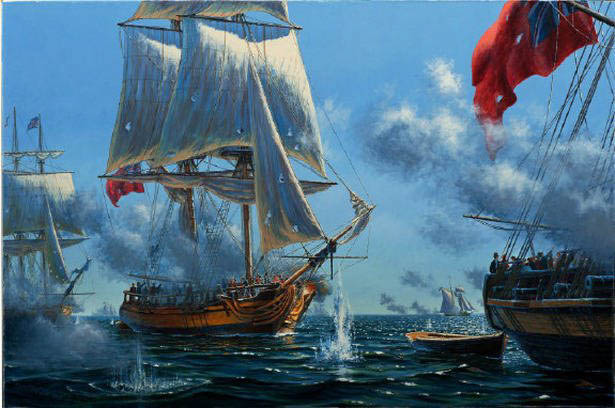Bruce County Museum & Cultural Centre Director, Cathy McGirr announced the Museum is to become the permanent home for all the artefacts and related materials from the HMS General Hunter Shipwreck Project.
The shipwreck hull was discovered buried on the Southampton Beach in 2002 and fully excavated in 2004.
Until now, the artefacts found on the wreck have been the responsibility of Marine Archaeologist Ken Cassavoy who held them in trust for the people of Ontario. Cassavoy was the provincial licence-holder for the archaeological investigation of the shipwreck and directed the excavation work over a period of several years.

McGirr says much of the General Hunter collection material has been in the hands of the BCM&CC for years with artefacts on display in a series of exhibits since 2005. However, the formal transfer of the archaeological material required the approval of the Ministry of Heritage, Sport, Tourism and Culture Industries which was received on May 11. The physical transfer of the remaining materials will take place over the next 12 months.
Cassavoy says he is extremely pleased with the official transfer arrangement which he and the Museum have been working on for years. “This means the collection of artefacts from our rare Royal Navy shipwreck, along with all the excavation and research documents, wreck plans, photographs and all other visual and physical materials will continue to be available to the general public, historians and researchers for all time. I know the General Hunter collection will be both appreciated and protected in the professional and very capable hands of the Museum staff. I couldn’t be happier.”

Historical Background Summary
The British Royal Navy warship HMS General Hunter was built in Amherstburgh on the Detroit River and came into Upper Great Lakes transport and patrol service in 1806. Six years later, the brig then played a very active role in the War of 1812 as part of the British/Canadian squadron on the Upper Great Lakes. During the war, General Hunter took part in numerous engagements – including the capture of Detroit – before being lost to the U.S. Navy in the famous Battle of Lake Erie in 2013. After the war, the captured ship ended her days as a U.S. Army transport vessel when she came ashore in a violent Lake Huron gale on August 19, 1816. The shipwreck hull – discovered in 2002 and fully excavated in 2004 – is still buried under the protective sands of Southampton Beach, marked with a large descriptive plaque, serving as a headstone on the grave of this unique War of 1812 veteran.







